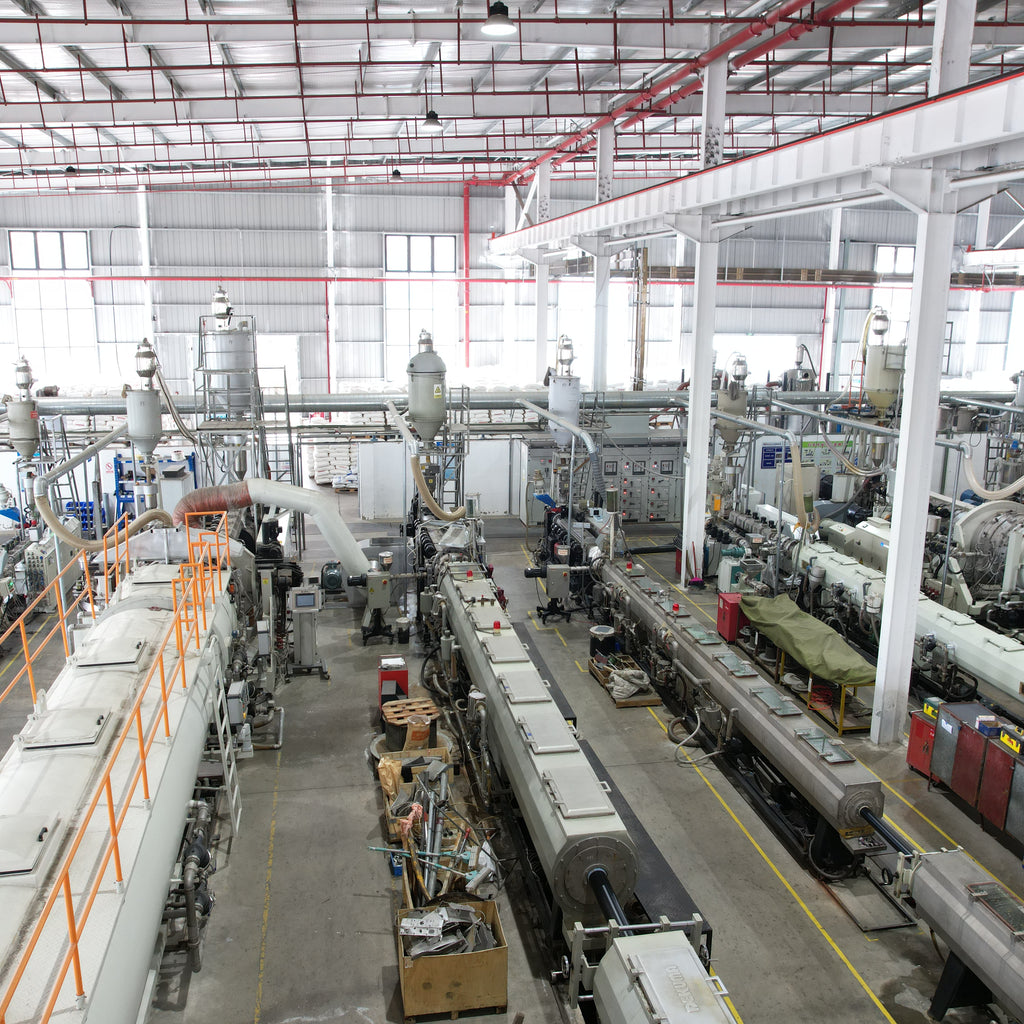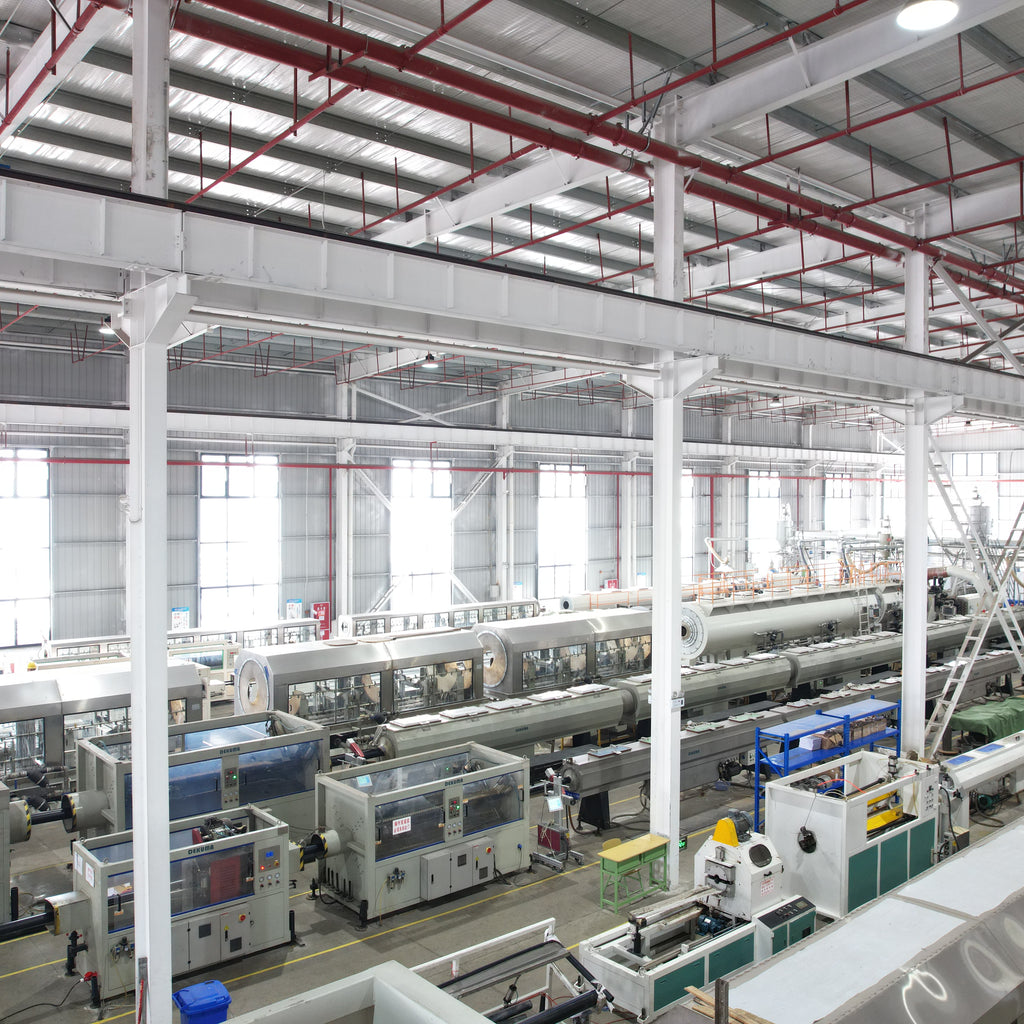The U.S. pipeline landscape is undergoing a structural shift, with intrastate capacity additions outpacing interstate projects for the first time since 2017. In 2023, Texas and Louisiana led the charge with 5.2 Bcf/d of new intrastate gas pipeline capacity—nearly six times the interstate additions—driven by surging Gulf Coast LNG exports and domestic power demand. Key players like Howard Energy Partners and Kinder Morgan are expanding networks in the Haynesville and Eagle Ford shale basins, while DT Midstream’s $1.2 billion acquisition of Midwest pipelines signals a bet on regional energy resilience.
U.S. Energy Secretary Chris Wright recently emphasized a "decade of pipeline construction," citing shale resource development and cross-border infrastructure like the Trans Mountain Expansion (linking Canadian oil to U.S. West Coast markets) as priorities. Despite environmental controversies, projects like the Keystone XL Pipeline are being revisited to align with domestic energy security goals.
Europe’s pipeline sector is pivoting toward hydrogen infrastructure and away from Russian gas. Gasgrid Finland selected Streamtec as a strategic partner for Baltic Sea hydrogen projects, aiming to blend 10% hydrogen into natural gas networks by 2030. Meanwhile, the Trans Anatolian Pipeline (TANAP)—now backed by Apollo Global Management’s $1 billion investment in BP Pipelines—has become a linchpin for Azerbaijani gas exports to Europe, bypassing Russia amid ongoing tensions.
Ukraine’s refusal to extend its Russian gas transit deal (expiring 2024) has accelerated Europe’s reliance on LNG, with imports surpassing pipeline gas for the first time in 2024. To fill the gap, Poland’s Baltic Pipe and Italy’s Trans Adriatic Pipeline are ramping up capacity, while Germany explores hydrogen hub collaborations with North Africa.
The Middle East continues to dominate global pipeline investment, led by Saudi Arabia and the UAE. China’s CPECC launched full-scale construction on Abu Dhabi’s 387-km West-East Crude Pipeline, a $5 billion project set to boost UAE export capacity by 150,000 bpd by 2026. In Saudi Arabia, CCCC Fourth Harbor Engineering achieved another milestone by installing the world’s largest 3.5-meter submarine HDPE pipeline in Jizan Industrial City, surpassing its 2016 record of 3 meters.
North Africa is seeing localization breakthroughs: China’s Xinxing Cast Iron Pipe opened Egypt’s first ductile iron plant in TEDA Suez Zone, producing 250,000 tons/year of pipes for water and sewage networks across Africa and Europe. The $1.45 billion facility addresses a critical infrastructure gap, reducing Egypt’s reliance on imports.
China is deepening international tech partnerships to upgrade its pipeline sector. German expert Dr. Peter Peller recently joined Fengbao Pipe Industry to co-develop Atrac SRM automation systems and self-rotating mandrel technology, aiming to cut seamless steel pipe production errors by 60%. Meanwhile, Chonggang Machinery kicked off construction on Canada’s REEF LPG Export Hub, a $2.3 billion project linking North American energy to Asian markets with millimeter-precision modular pipe systems.
India and Southeast Asia are emerging as growth hotspots for water and gas pipelines. Thailand’s 70.8-km Interconnect Pipeline—built by China’s CPP—will boost gas supply reliability for industrial zones, while India’s $6 billion National Gas Grid aims to connect 550 districts by 2026, driven by surging urban demand.
Nigeria’s oil production rebounded to 1.48 million bpd in 2024, its highest in three years, after military crackdowns on pipeline sabotage and illegal refineries. The Trans Niger Pipeline, reopened in 2023 with private security support, now handles 300,000 bpd of Shell exports. However, ongoing attacks in Niger and Libya highlight persistent security risks across African energy corridors.
On the flip side, Mozambique’s Rovuma LNG project—backed by ExxonMobil and TotalEnergies—is advancing, with plans to build a 1,500-km gas pipeline to coastal terminals, unlocking East Africa’s vast offshore resources.
-
Hydrogen: Luxfer Gas Cylinders won its third industry award for lightweight hydrogen storage tanks, while Dali Pipe unveiled plans for a $2.1 billion Saudi factory to produce hydrogen-ready steel pipes.
-
Smart Operations: Rosen Group’s ISO/IEC 27001 certification underscores rising demand for cybersecurity in pipeline digital twins, with AI-driven systems cutting downtime by 40%.
-
Eco-Materials: Italian firm Vallourec secured a $50 million contract to supply corrosion-resistant GRE pipes for Brazil’s Petrobras, showcasing growing adoption of composite materials.
Industry Outlook
By 2026, global pipeline investments are projected to reach $220 billion, shaped by three megatrends:
-
Energy transition infrastructure (hydrogen, CO2, and LNG pipelines).
-
Geopolitical realignment favoring Asia-Pacific and Middle East projects.
-
Localization and ESG compliance to mitigate supply chain risks.
As governments and firms balance economic growth with decarbonization, pipelines remain critical—adapting to new fuels, leveraging smart technologies, and reshaping global energy maps.



